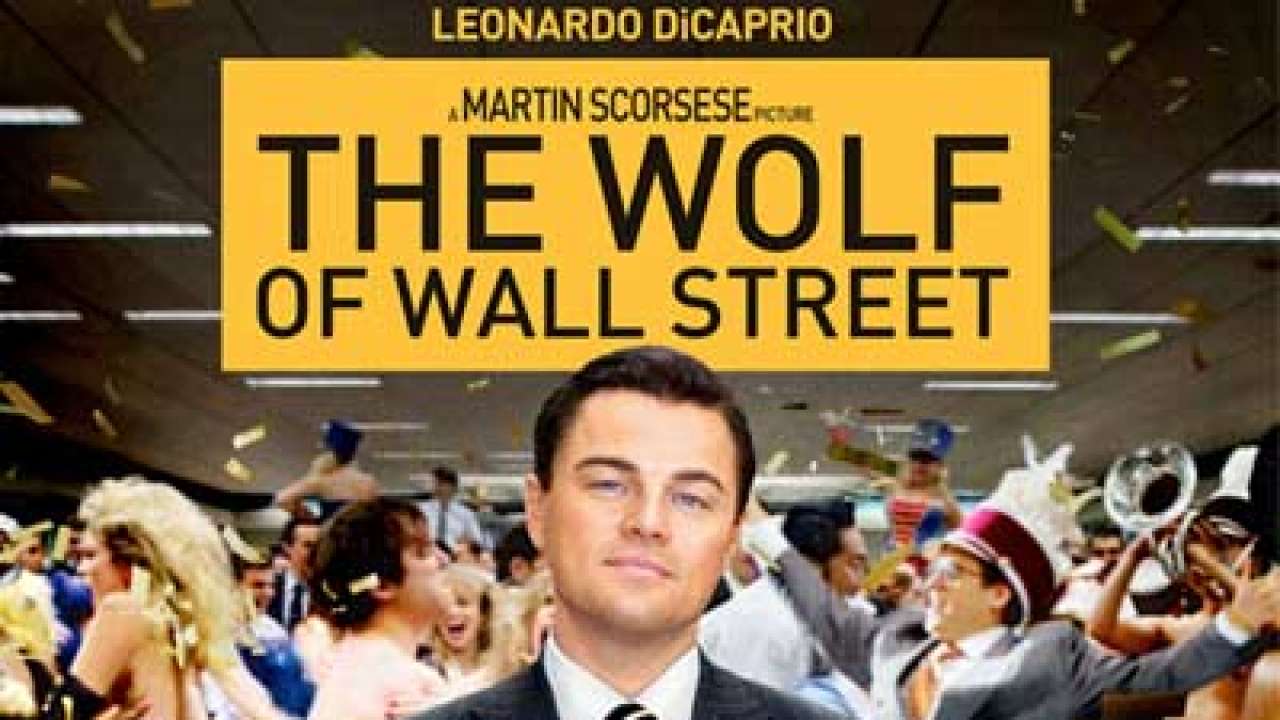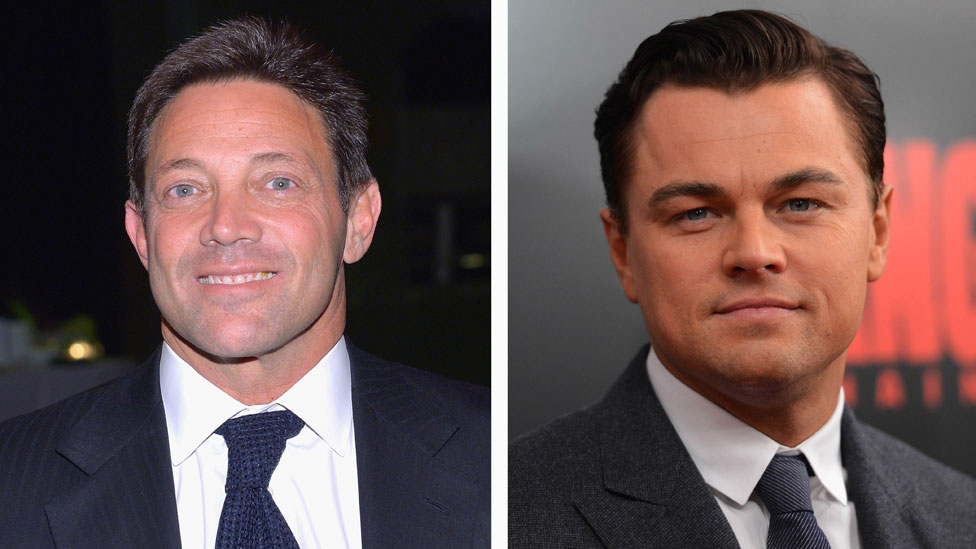
Naomi, opting to take some sort of control in the situation, tells him to finish “like it’s the last time,” and afterwards, she tells him she wants a divorce. She very evidently refuses and is visibly upset, and in what can easily be referred to as the darkest moment a “comedy” has ever realized, the screen cuts to Belfort raping Naomi. Things are looking grim for Belfort at this point in the film, and in a thoroughly distressing scene, he asks his wife, Naomi, to have sex with him. Of course, that’s until Scorsese decides to call you out on it. You’ll find yourself stomaching some really sleazy stuff, all while rationalizing “Oh, I’m laughing _at_ him, not _with_ him!” Sure, you feel guilty for what you’re watching, but not quite guilty enough to _stop_ watching - and it only gets worse from there.Īfter all, as you’re snickering at antics that could only be achieved through the magic of cocaine, you fail to realize Scorsese slipped you a drug of his own, and that you’re helplessly addicted.
The wolf of wall street ending full#
However, these visceral spasms of guilt come in pristine, calculated doses, as if to say the first legitimately unsettling scene (wherein a visibly distraught female employee has her head shaven while a room full of men watch on and roar in raucous laughter) is a gateway drug. In a stroke of classic Scorsese, the film makes it a point to occasionally interrupt our righteous indignation with scenes that would make anyone uncomfortable. While it’s evident Belfort is his own special type of asshole, the audience willingly goes along with his machinations and has a few laughs at the expense of the characters, priding themselves in the notion that they could _never_ be _that_ awful.

The opening montages of the film feature ambitious young men hell-bent on financial and personal liberty, and Scorsese gradually lulls the audience into being somewhat impressed by Belfort’s affinity for salesmanship. Jordan Belfort and his troupe of miscreants - propriety be damned - are an intriguing group of people. However, given all of the above, I’d still argue that the film is on the more progressive side of the social movement - here’s why. The women are depicted as vapid instruments to be discarded at the whimsy of men (a woman is literally used as a human suitcase), the cast is the diversity equivalent of America’s presidential history (there was a single black character who played a nanny for all of three minutes), and its depiction of LGBTQ persons are stereotypical and archaic at best (the gay butler and his jasmine-scented hand towels).

Admittedly, the film’s protagonist Jordan Belfort is the arguable quintessence of _carpe diem_ gone horribly, horribly wrong.Īmong the more popular critiques of the film are those lambasting its portrayal of women, race and sexual orientation, and if you’ve seen the movie, you’ll understand why. Indeed, it’s of little surprise the flick has been feverishly criticized for its suggested advocacy of no-strings-attached hedonism.

Some accuse the film of being the final blow to the crumbling pillars of American decency, and still some argue that the film’s periodic lapses into pornography are a refreshing exercise in counterculture. Amid the hundred-dollar nosebleeds and a never-ending parade of prostitutes, Martin Scorsese’s “The Wolf of Wall Street” has proven to be quite the polarizing force among film critics and general audiences.


 0 kommentar(er)
0 kommentar(er)
